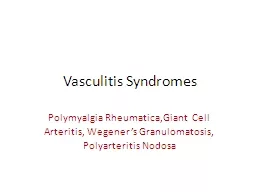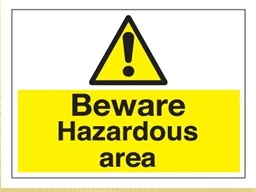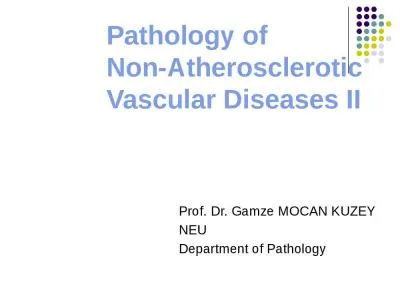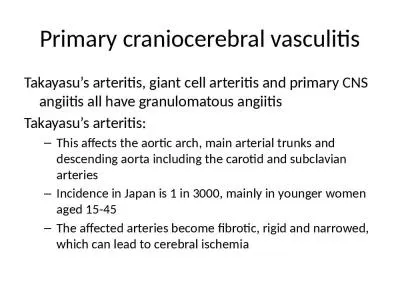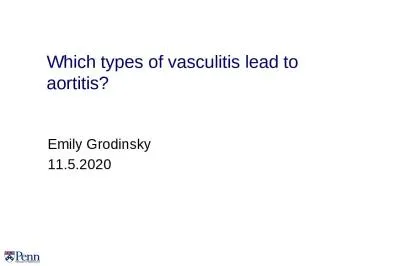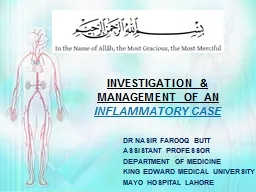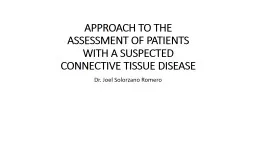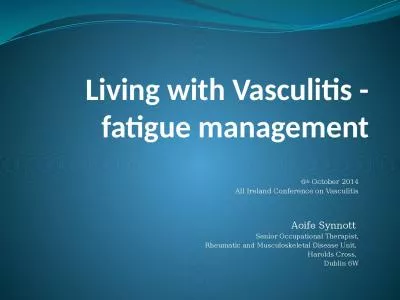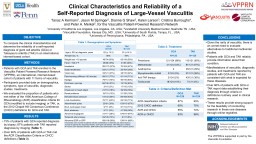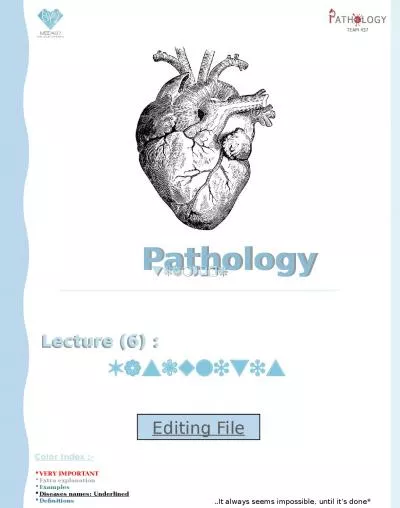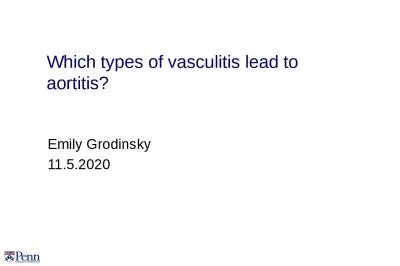PPT-APPROACH TO VASCULITIS..
Author : thomas | Published Date : 2023-12-30
PRESENTER Dr B PRADEEP CHAIR PERSON Dr T SMRUTHI Vasculitis are group of disorders characterized by immunoinflammatory injury to vessel wall leading to aneurysm
Presentation Embed Code
Download Presentation
Download Presentation The PPT/PDF document "APPROACH TO VASCULITIS.." is the property of its rightful owner. Permission is granted to download and print the materials on this website for personal, non-commercial use only, and to display it on your personal computer provided you do not modify the materials and that you retain all copyright notices contained in the materials. By downloading content from our website, you accept the terms of this agreement.
APPROACH TO VASCULITIS..: Transcript
Download Rules Of Document
"APPROACH TO VASCULITIS.."The content belongs to its owner. You may download and print it for personal use, without modification, and keep all copyright notices. By downloading, you agree to these terms.
Related Documents



